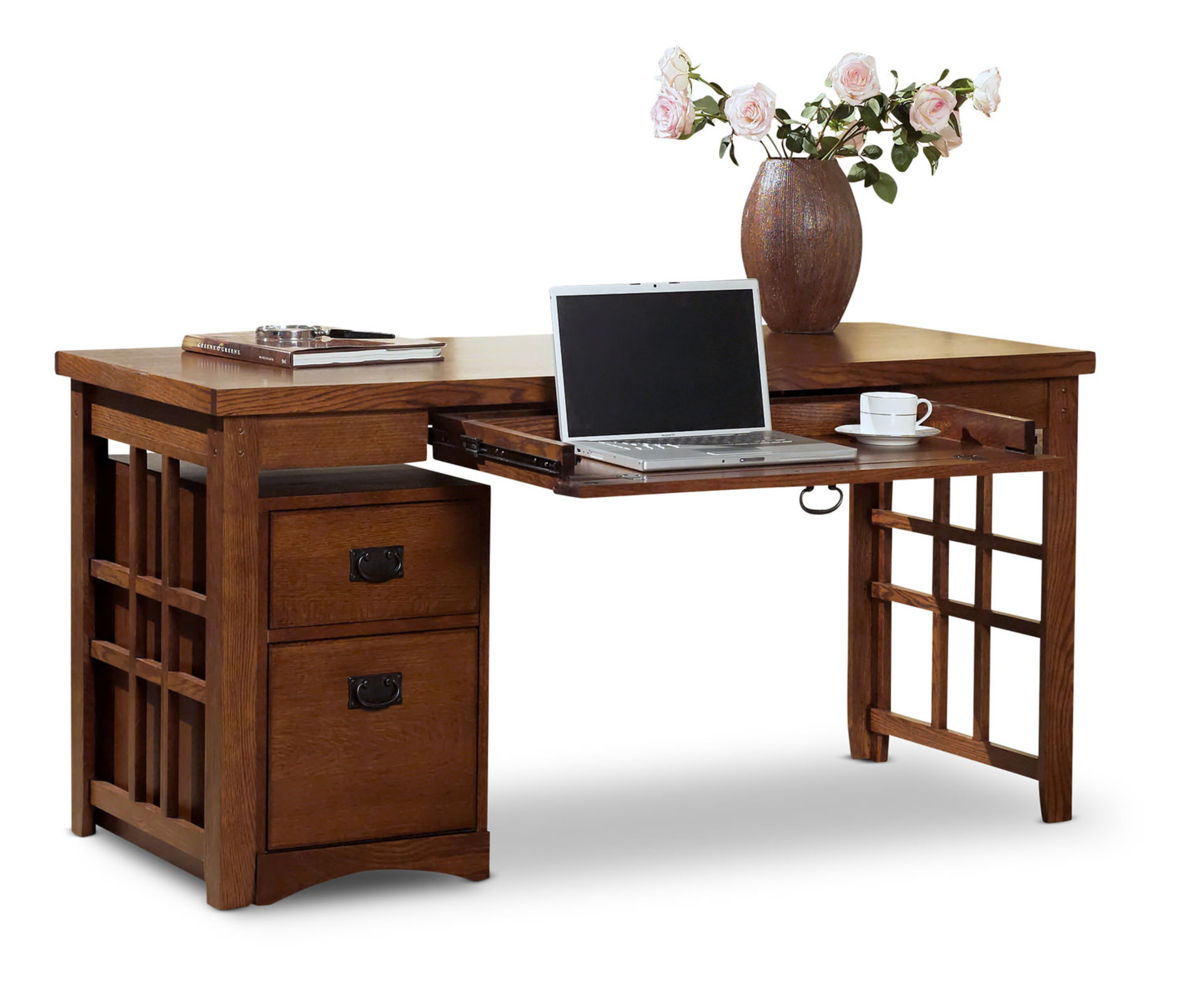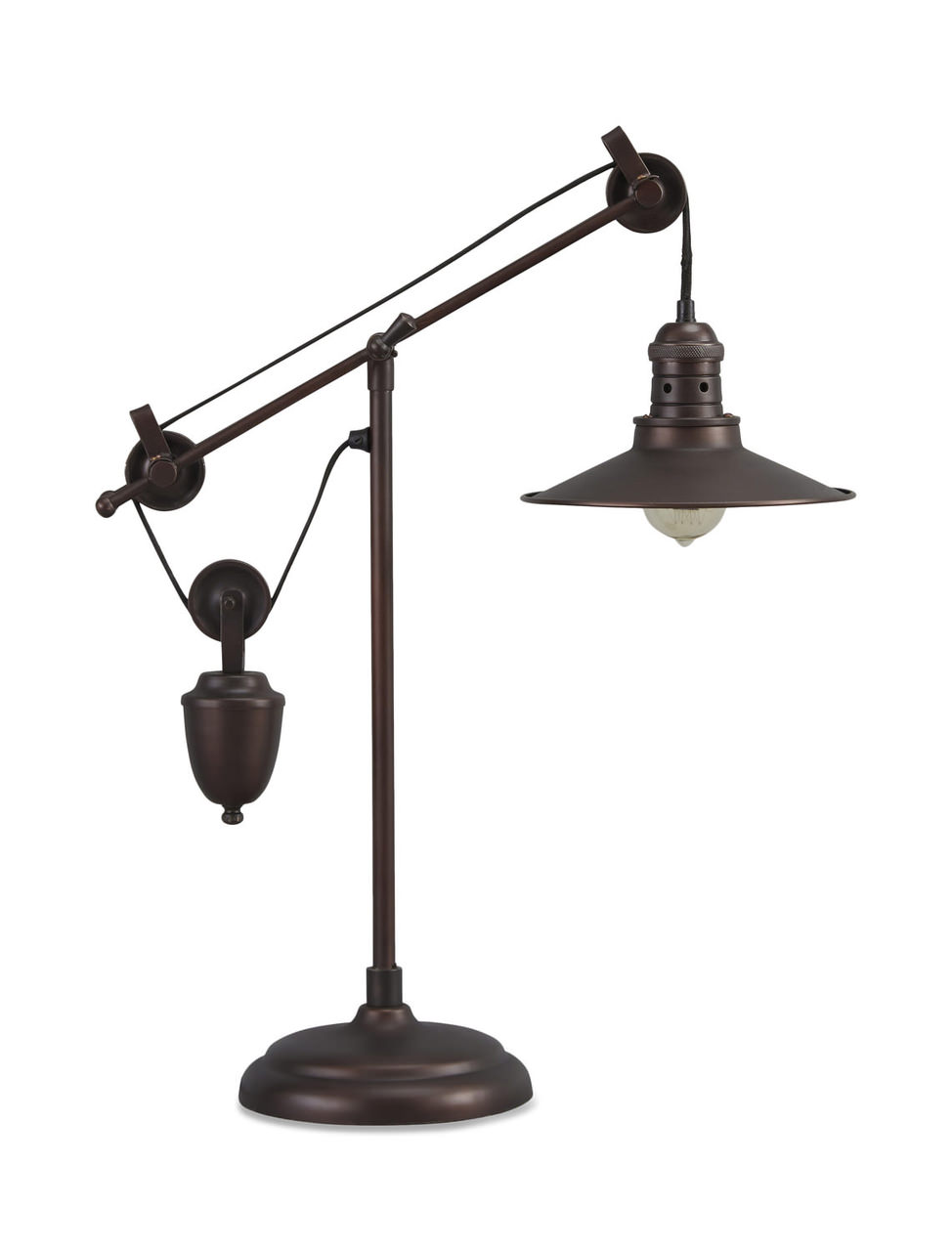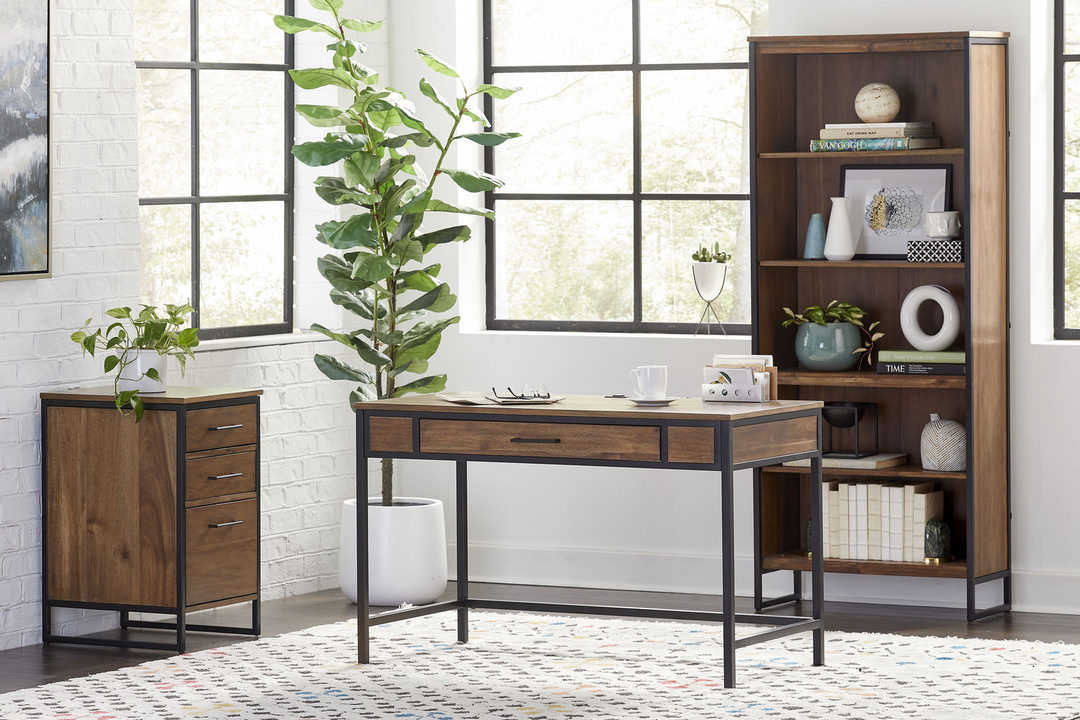Finding Balance with WFH
Find better work-life balance by defining a routine and a separate work space.

Work-life balance has always been an issue at the forefront of a lot of working people’s minds, and with more companies establishing a work-from-home strategy, it’s a concern now more than ever. It’s easy to find yourself struggling to balance your responsibilities to your job and to your family when both ask for your time at home. It can end up muddling our relationships, our work, and our lives, very quickly.
But finding that balance of work and personal life can be one of the best things you can do for yourself, especially with concerns of professional and WFH burnout. Luckily, there are a few easy steps you can take in order to help yourself delineate between work and play, even if your home serves as the space for both. Hopefully some of these helpful tips can get you on the right track when balancing your professional and personal life.
Wake Up Well
Have a morning routine. Everyone warns against checking your email in bed, but the urge to wake up, roll over, and see what you’ve missed is so strong. Resist! Spend some time in the morning centering yourself, however you find the most relaxing. Do some yoga and stretches, sit down for a breakfast with your family, have your morning caffeine somewhere quiet and peaceful. Whatever you are interested in, make time in your morning schedule to have some moments of just existing before having to leap into your day.
Official Office
A great way to stop the lines of your work life and home life from blurring? Keep those spaces physically separate from one another. Many experts mention that one of the best things you can do as someone who works from home is have a designated office and work space. It keeps you in the right mentality while working and also stops the stress of work from creeping in on your relaxation time on the couch. Give your spaces meaning and intention and stop bringing your laptop to bed!
This doesn’t mean that you don’t have to be comfortable while you work. A well-designed home office can keep you feeling productive and peaceful as you work through your day, even if you can hear the sounds of life outside your door. One great addition to an office space is a nice office chair. Investing in a quality seat is worth it when you spend your entire work day planted in one area.
Natural lighting has also been linked to increased happiness and productivity, so see if you can find somewhere to put your workspace that has plenty of sunshine. For the darker days, invest in some quality desk lighting. Nothing is more depressing and difficult than working in a dark corner of an office. Fill this space with things that make you happy, like bright accents, photos of your loved ones and plants. By making it a space you love to be, it will be easier to designate the time you spend there.
Having a designated office space is doubly true for those who need designated meeting spaces for online calls. Nothing is more distracting for you or your colleagues than a hectic background in the middle of a busy home. Carve out a space for you to take your meetings quietly, especially one with a professional looking background (Check out our other article on Zoom-ready office spaces).
For those with less space to form an office, design that is multifunctional is a must. Screens, dividers, and other space dividing decor can be invaluable to creating a working sanctuary even when you don’t have a room of your own.
Read more home office design ideas:
Organization is Key
Use all the organizational tools available to you, whether they are physical or digital. Keep your calendar as updated as possible so that you know what hours you have to be available for work, and what hours you can say “I’ll talk to you tomorrow.” Make sure that your colleagues know your schedule, as well as your “available time,” so that they know when to expect a response from you, and more importantly, when they shouldn’t.
Physical organization can be a life saver here. It’s easy to get overwhelmed by the paperwork, notebooks, files and folders that come with moving your office to your home. Keeping them well organized can not only help you professionally, but mentally. By keeping your work tucked away, or in a set of beautiful decor boxes and file folders, you can focus on relaxing when you’re not working. Out of sight, out of mind is incredibly useful here: use it!
At the end of the day, there is no magic solution that will help you create a better work-life balance. However, adapting your day with some easy strategies to keep you focused when you want to be and relaxed when you don’t can make finding that balance so much easier. The main thing all of these tips have in common? Intentional separation. Understand your boundaries and set them, whether that be with your cup of coffee in the morning or your office desk throughout the day.





